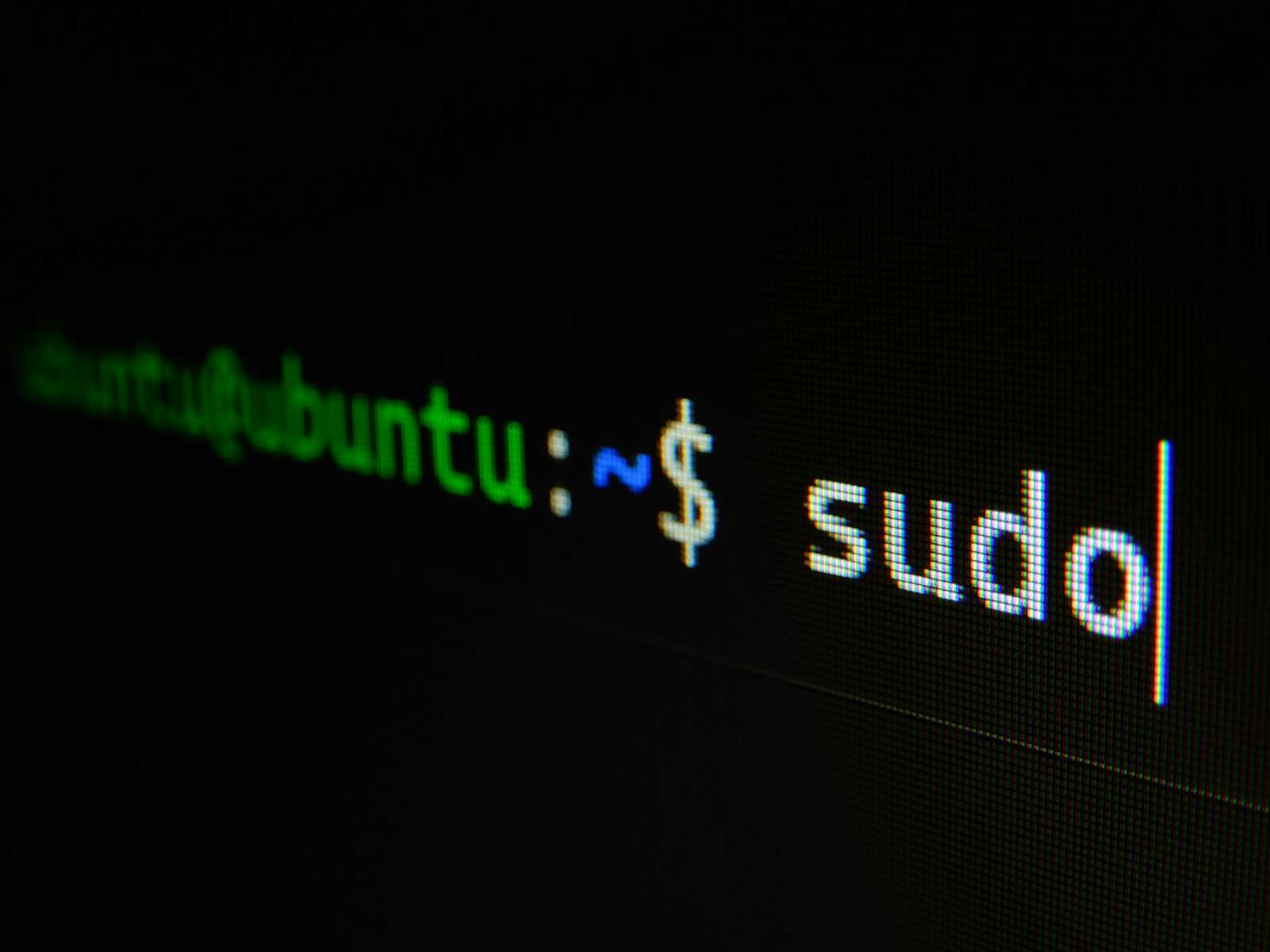Improve DevOps Automation with Shell Scripting
 Janaki Kumar
Janaki Kumar
Introduction
Imagine deploying hundreds of servers with a single command or automating tedious tasks so you can focus on what truly matters. Welcome to the world of shell scripting! In the fast-paced realm of DevOps, automation is a game-changer, and shell scripting is your magic wand. Embrace the power and efficiency it brings to your workflow!
What is Shell Scripting?
Shell scripting is a program written for the shell, or command line interpreter, of an operating system. These scripts are used to automate tasks, manage system operations, and enhance productivity by executing commands in a sequence.
Why Shell Scripting?
Shell scripting is a method to communicate with the Linux operating system using shell commands. It allows you to:
Direct Interaction: Execute commands directly and interact with the OS at a deeper level.
Automation: Automate repetitive tasks, saving time and effort.
Customization: Tailor system behavior and workflows to meet your specific needs.
Simplicity: Streamline complex operations by combining multiple commands into a single script.
Essential Shell Commands for Daily DevOps Operations
In the world of DevOps, efficiency and precision are paramount. Mastering essential shell commands not only enhances your productivity but also streamlines your workflow, allowing you to manage systems and automate tasks with ease. Let's delve into some of the most crucial commands that every DevOps engineer should master:
Navigate with Precision
ls: Thelscommand lists directory contents, giving you a quick overview of what's inside a directory. Whether you're checking the contents of a folder or verifying the presence of specific files,lsis your go-to command.# List files in the current directory ls # List files with detailed information ls -l # List all files, including hidden ones ls -acd: Usecdto change directories swiftly. Navigating through your project structure becomes effortless with this command, allowing you to move between folders with just a few keystrokes.# Change directory to a specific path cd /path/to/directory # Go back to the previous directory cd ..Create and Manage Files
touch: Need to create a new file or update timestamps on existing ones?touchis the command for you. It's perfect for initializing new files or ensuring your files have the latest timestamps, crucial for versioning and tracking changes.# Create a new file touch newfile.txt # Update the timestamp of an existing file touch existingfile.txtEfficient File Management
ls -ltr: When you need to sort files by modification time or view them in a detailed list format,ls -ltrcomes in handy. This command arranges files from the oldest to the newest based on modification time, helping you prioritize and manage your files effectively.# List files sorted by modification time, in reverse order (newest first) ls -ltrAccess Command Manuals
man: Short for manual,mangives you access to comprehensive documentation for various commands. Whether you're new to a command or need a quick refresher on its usage,manprovides detailed explanations and examples right from your terminal.# Access the manual for the ls command man ls # Scroll through the manual using arrow keys or page up/downStreamline Operations
mkdir: Usemkdirto create directories on the fly. Whether setting up new project structures or organizing your file system,mkdirensures your directories are created with minimal effort.# Delete a file rm file.txt # Delete a directory and all its contents recursively rm -r directory/rm: Sometimes you need to clean up files or directories you no longer need.rm(remove) helps you do this efficiently. Be cautious with this command as it permanently deletes files and directories from your system.
# Create a new directory
mkdir new_directory
My First Automation Script in DevOps
Writing my very first automation script has been an exciting milestone in my journey into DevOps. As I delve deeper into this field, I've learned some essential practices that are foundational to scripting effectively.
Understanding the Shebang (#!/bin/bash)
The shebang (#!/bin/bash) is the first line in my script, and it's crucial because it tells the system which interpreter to use—in this case, /bin/bash. This ensures consistency in how my script is executed across different environments.
Importance of Commenting for Best Practices
I've come to appreciate the importance of commenting in my scripts. By adding comments, I not only document what each section of code does but also make it easier for myself and others to understand and maintain the script in the future.
Using Vim to Write and Save Scripts
Learning to use Vim has been a game-changer for me. It's a powerful text editor that allows me to write and edit scripts directly from the terminal. Mastering basic Vim commands has significantly improved my efficiency in script writing.
Here's a basic example of a script I recently created that greets the user:
#!/bin/bash
# This is a simple script that greets the user
# Define a variable for the user's name
name="DevOps Engineer"
# Print a greeting message
echo "Hello, $name! Welcome to the world of automation."
Explanation:
#!/bin/bash: This line ensures that the script is interpreted using the Bash shell.Comments: I use comments (lines starting with
#) to explain each part of the script, making it easier to understand.Variable:
name="DevOps Engineer"defines a variablenamewith the value "DevOps Engineer".echoCommand: Prints the greeting message to the terminal, incorporating the value of thenamevariable.
Best Practices Recap
Shebang: Always start my scripts with
#!/bin/bashto specify the shell interpreter.Commenting: I make it a habit to comment on what my script does at each step, ensuring clarity and maintainability.
Vim Usage: Familiarizing myself with Vim commands (
ifor insert mode,Escto exit insert mode, wq! to save and exit) has made script writing smoother and more efficient.
Conclusion
Shell scripting is an invaluable tool in the DevOps toolkit, offering the ability to automate tasks, manage systems efficiently, and customize workflows to meet specific needs. By mastering essential shell commands and writing effective scripts, you can significantly enhance your productivity and streamline operations. Whether you're deploying servers, managing files, or creating automation scripts, shell scripting empowers you to work smarter and focus on what truly matters in the fast-paced world of DevOps. Embrace the power of shell scripting and transform your DevOps practices today!
Subscribe to my newsletter
Read articles from Janaki Kumar directly inside your inbox. Subscribe to the newsletter, and don't miss out.
Written by

Janaki Kumar
Janaki Kumar
👋 Hi there! I'm Janaki Kumar, a CS student at Chandigarh University with a passion for Development Operations and Site Reliability Engineering. I'm diving deep into automation, CI/CD, and cloud computing to build efficient and scalable systems. When I'm not coding or experimenting with new tech, you can find me Infrastructuring my journey and discoveries on Hashnode. Join me as I navigate the exciting world of Infrastrucure Management and Devops, one blog post at a time! 🚀✨